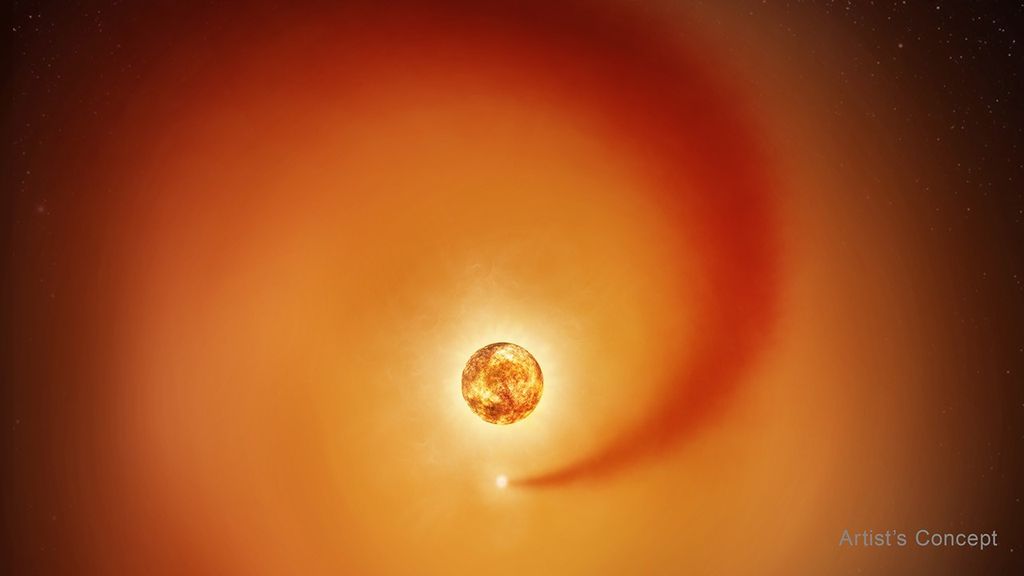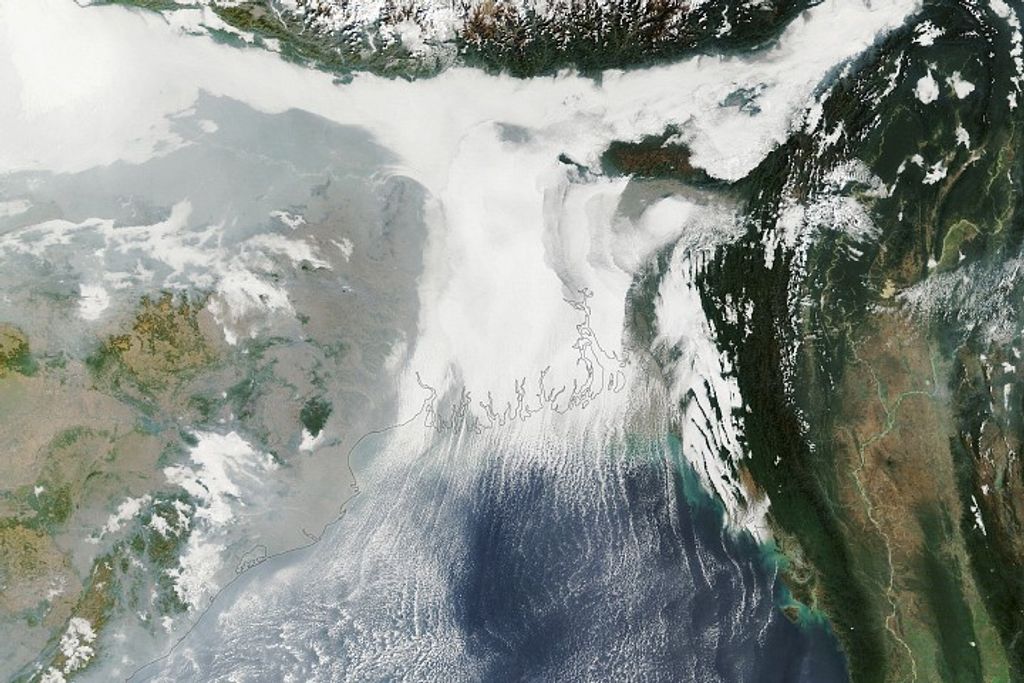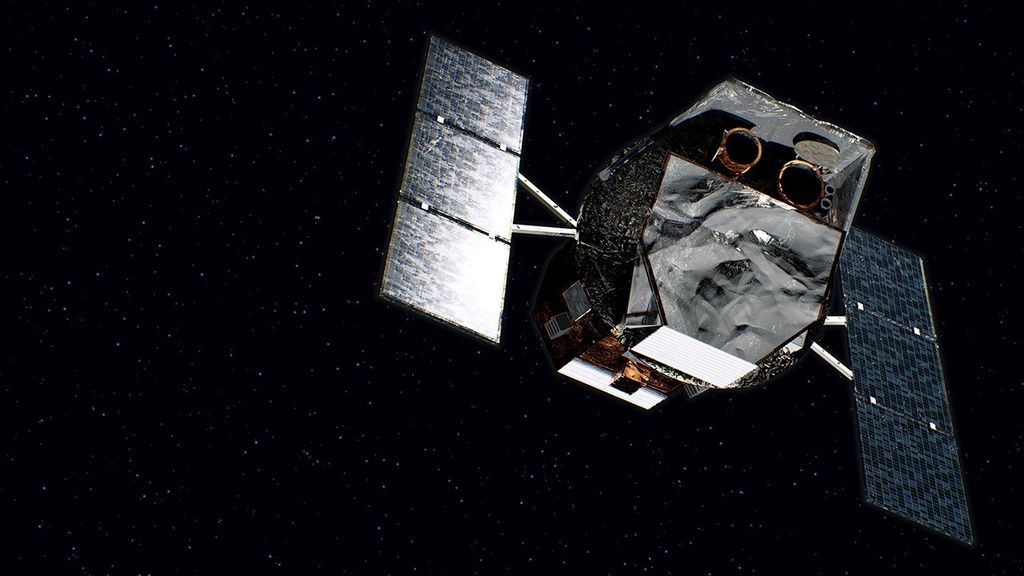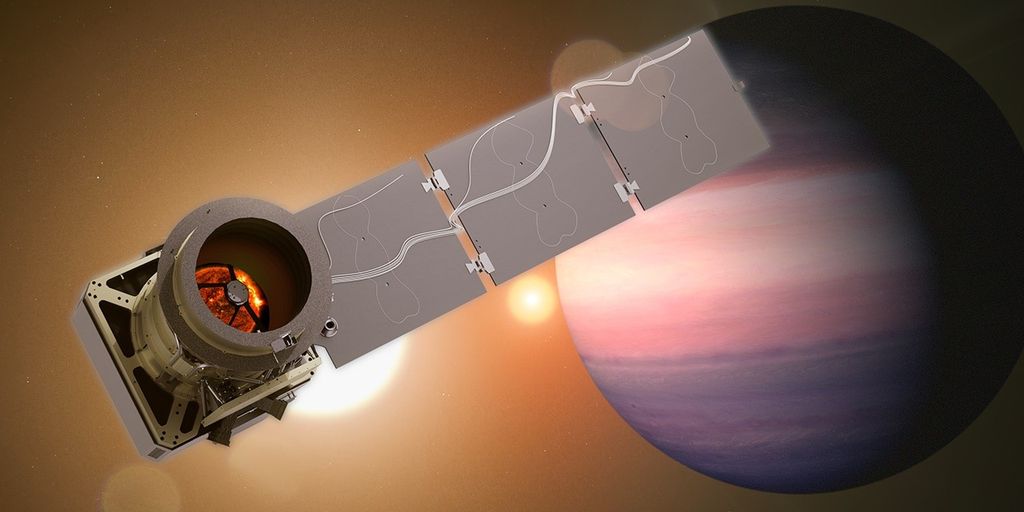Earth Indicators
Learn More
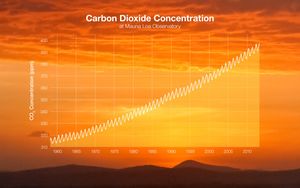
Carbon dioxide (CO2) is an important greenhouse gas. Greenhouse gases trap the heat from sunlight, warming the planet. Without any greenhouse gases, Earth would be too cold to support life. But the more greenhouse gases there are in the atmosphere,…
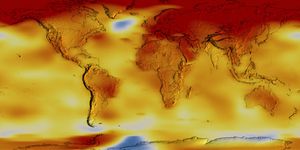
This graph above shows the change in global surface temperature compared to the baseline average for the 30-year period 1951 to 1980. Earth’s average surface temperature in 2024 was the warmest on record since recordkeeping began in 1880 (source: NASA/GISS).…
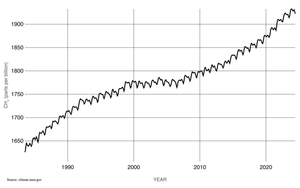
Methane Basics Methane (CH4) is a potent greenhouse gas and is the second-largest contributor to Earth’s warming after carbon dioxide (CO2). A molecule of methane traps more heat than a molecule of CO2, but methane has a relatively short lifespan…
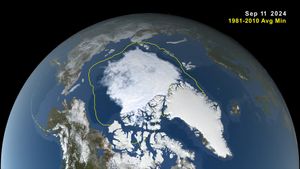
Arctic sea ice follows a seasonal pattern. Colder winter temperatures and darkness help it grow, while warmer summer temperatures rise above freezing, causing sea ice to melt. As part of this seasonal pattern, there is a point when the sea…
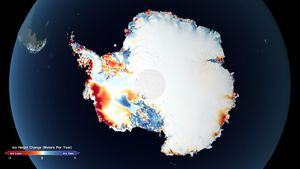
The ice sheets atop Greenland and Antarctica store about two-thirds of all the fresh water on Earth. Data collected since 2002 by the NASA-German GRACE and GRACE Follow-On satellites show that the ice sheets in both Antarctica (upper chart) and…
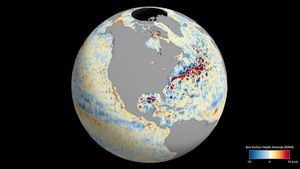
Global sea level rise is caused primarily by two factors: added fresh water from melting ice sheets and glaciers, and the expansion of seawater as it warms. Currently, about two-thirds of global sea level rise is caused by melting land…
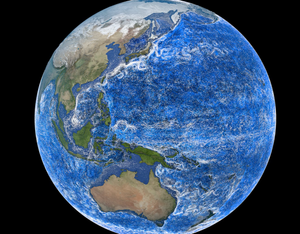
Water has a high heat capacity, which means it can store a lot of heat. The atmosphere has warmed from increased greenhouse gases. About 90% of that excess heat has been absorbed by the ocean. The year 2024 was the…






